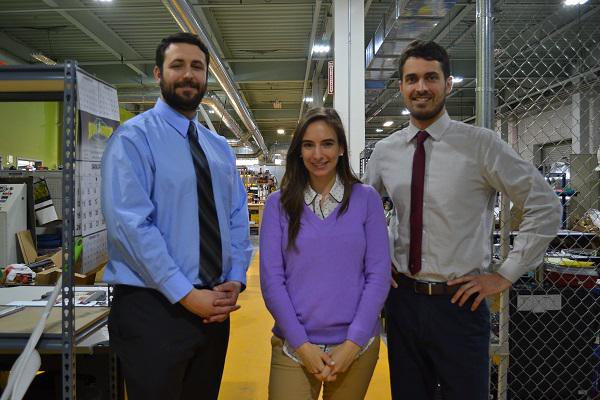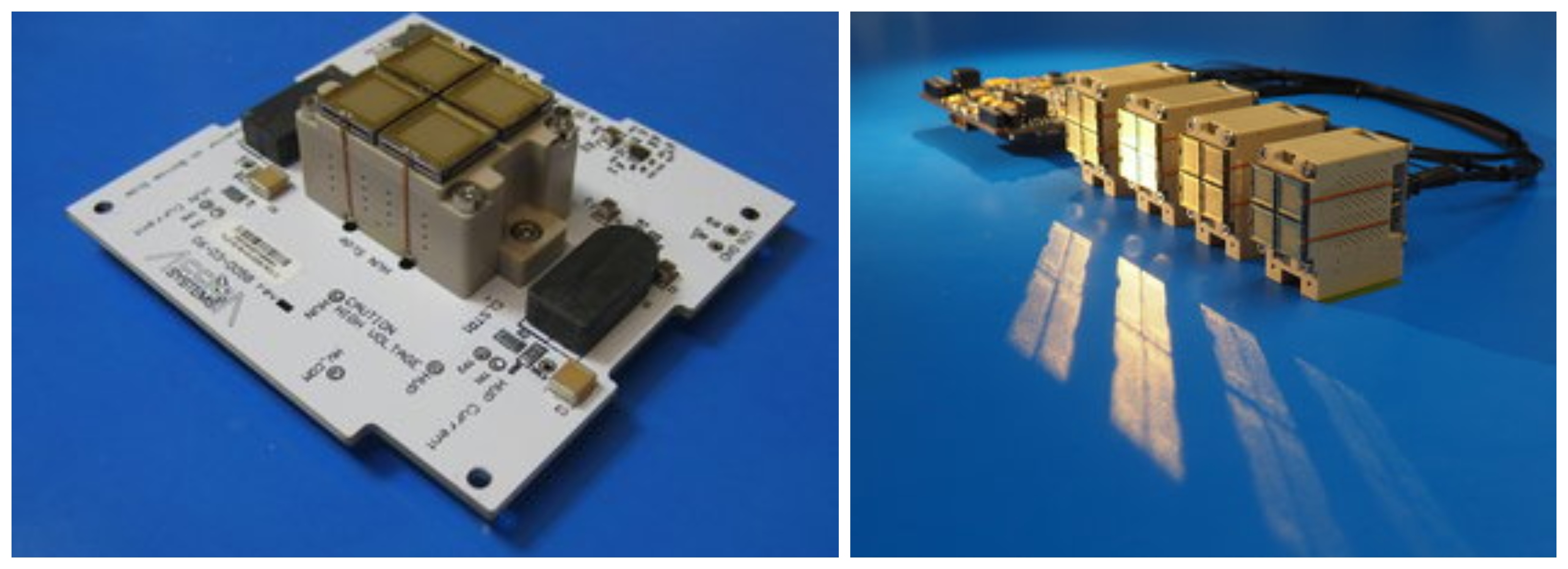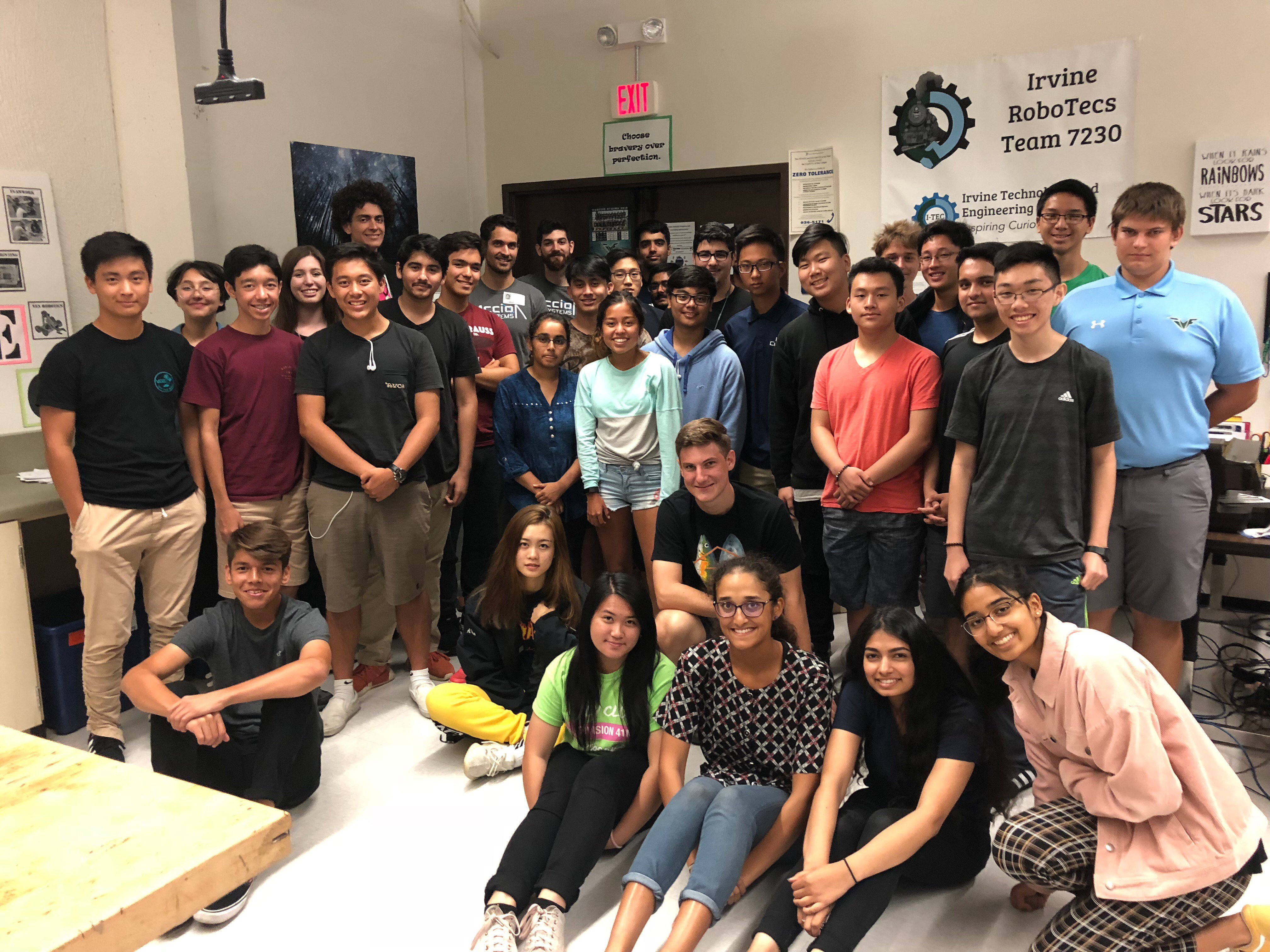Pushing on the extraterrestrial frontier, we’ve figured out how to get to space and send progressively smaller and more powerful satellites – from reusable rockets to shoebox sized satellites. But how does one move around once one is in space? Accion Systems, a Boston based aerospace startup, has developed an ion based in-space propulsion system that can help small satellites manoeuvre. These can also be scaled for larger objects.
Propulsion Problems In The Final Frontier
For decades, the space related activity was driven primarily by governments and large corporations with large satellite projects running into billions of dollars. Advances in technology, manufacturing, communication and data sciences combined with investor interest have lowered costs and facilitated an increased access to space, making it viable to send out satellites the size of a shoe box.
According to the Union of Concerned Scientists (UCS), 390+ satellites were launched in 2017, a 170% increase from 2016 and 1.4+ times the number of satellites launched between 1990-1999. With the rise of small satellites, an estimated 7000 small satellites will be launched in the next 10 years.
Once in space, in-space propulsion, the capability of a spacecraft to move around in space, is an important capability and plays a critical role in the lifetime of a mission. After a mostly linear launch on a rocket, the rocket is dropped off, requiring additional boosters to bring it to orbit. While in orbit, various pressures push the satellite off orbit, requiring the satellite to be brought back into its orbit. With lot of space debris and other satellites in space, avoiding collision becomes important. Furthermore, at the end of the mission, the satellite needs to deorbit. Propulsion plays an important in nearly all situations after the satellite leaves the rocket.
7000 small satellites will be launched in the next decade.
While most of the electronics have been miniaturized, propulsion systems have faced technological and safety constraints. There are two main systems by which spacecrafts can help propel themselves – chemical propulsion based on stored chemical (think of something like a rocket taking off); and electric propulsion where electricity is used to accelerate charged particles out the back. Electric propulsion is difficult to miniaturize while chemical propulsion is discouraged due to safety concerns arising from explosion and the need for large storage space for the propellant.
As multiple satellites are launched together, explosion from chemical propellants can damage or destroy other satellites and jeopardize the launch. Thus, small satellites such as CubeSats are often deployed without any propulsion. Without a means to manoeuvre, small satellites have limited functionality and lower lifespans. This makes certain missions unviable and has revenue implications for commercial enterprises.

Accion Systems Co-founders Louis Perna (L) and Natalya Bailey (C). PC: Accion Systems
About Accion
Accion System was co-founded by Natalya Bailey (CEO) and Louis Perna (Chief Scientist) in 2014 with a vision to “accelerate the exploration of space”. The two co-founders met while working at the Space Propulsion Lab on a new type of ion engine at a time when the industry was focusing more on small satellites. The work at the lab ended up getting a lot of interest from big aerospace companies as there was a technology gap in the propulsion systems space.
With guidance from the lab’s director Dr. Paulo Lozano, Natalya and Louis formed a placeholder company in 2012 to obtain the IP. After completing Natalya’s PhD in 2014, the company officially started operations.
After raising $2M in seed funding, they went on to test their first product called MIN-0, a gum pack-sized thruster in February 2015. Later that year, they won a $3M grant from the Department of Defence Rapid Innovation Fund and also successfully sent their technology out in to space to tested manoeuvrability. On November 10th, a CubeSat called IRVINE 01 developed by a six public high schools in Irvine in collaboration with industry partners will be launched featuring Accion’s TILE 50 propulsion system.
Accion System interestingly derives its name from The Summoning Charm (Accio) in the Harry Potter series combined with ‘ion’ from the ion engine they have developed. The spell causes an object “to levitate or fly over to” the caster. The pop culture references aren’t just limited to the name. They also have a saying in the company “one thruster chip to rule them all”.
Apart from a team that is fast gaining recognition, with Natalya Bailey featured on the MIT Technology Review’s 35 Innovators Under 35 list this year, Accion has also enlisted accomplished veterans as advisors. These include Bill Swanson, the former Chairman and CEO of Raytheon; Dr. Paulo Lozano, Director of MIT’s Space Propulsion Lab; Barry Matsumori, CEO of BridgeSat, Inc.; Jason Spinell of Slack Fund and Akshay Patel from OneWeb.

Thruster Chip (L); TILE system (C); Rendered Image on a Satellite (R). PC: Accion Systems
Accion’s TILE
Accion System has developed TILE (Tiled Ionic Liquid Electrospray), an in-space propulsion system with a new ion engine, a type of electric propulsion system, to thrust small satellites.
The thrust is produced by using electric fields to accelerate ion liquids (room temperature molten salts that are safe and non-toxic) through a thruster ‘chip’ the size of a postage stamp. Each thruster chip has hundreds of microscopic emitters through which beams of ions exit and propel the spacecraft. The thruster ‘chip’ is key piece in their technology.
While describing their system, Natalya Bailey says “If you picture an astronaut riding on the back of a satellite throwing tennis balls off the back of it, each time he or she throws a tennis ball off the back it pushes the satellite in the opposite direction. That’s effectively what we do with ions.”
When compared to traditional ion engines, Accion’s technology is able to avoid the use of large ionization chambers and external cathodes as the ionization process not done on board and a propellant is carried instead. Keeping in line with the requirements of multiple satellites on each launch and decreasing satellite cost and size, Accion is able to provide a propulsion solution that is light, compact, non-toxic and non-explosive while also being cost effective. This makes Accion a competitor to large incumbents such as Moog Inc with specialized in-space propulsion divisions focused on chemical propulsion solutions or other ion engine manufacturers such as Busek.
While the propellant currently being used is EMI-BF4 (1-ethyl-3-methylimidazolium tetrafluoroborate), Accion is also developing their own synthetic propellant with fine-tuned properties.

TILE 50 (L) and TILE 500 (R). PC: Accion Systems
The new miniaturized propulsion technology is modular and scalable and is made up of three parts – thruster chip, power electronics, and propellant tanks. While Accion’s current products are TILE 50, 500, 5000 and 200k, the system can be scaled to desired levels. The benefits of Accion’s ion engine such as high efficiency and precise control have generated interest and attracted clients. Currently, their focus is on satellites with two main applications – imaging or earth observation and communications.
Accion is focusing its resources on the product and on improving performance. With increased interest in the technology, demand for the product is increasing. For instance, Accion has signed an MoU with York Space Systems to become its preferred provider. As the technology’s current thrust density performance of 0.4-1.6N/m2 is only a fraction of its theoretical limit of 10,000N/m2, performance improvement and R&D are also a major focus area.
While Accion’s propulsion solutions are presently focused on small satellites, they could be used to power larger satellites and galactic mission to destinations such as the moon and mars.
Accion in the multi trillion dollar space
While the space industry is valued at $360Bn in 2018, it is expected to become a multi trillion dollar industry in the coming decades. Investors are excited about the prospects of the space industry pouring in over $3.9Bn in 2017. However, Space Angel’s latest Q3 2018 report suggests that the share of deals at the seed stage seem to be declining with increasing focus on Series B and Series A. It is in such an environment that Accion recently raised $3M in series B funding led by Boeing HorizonX Ventures with Gettylab. The series B comes after a gap of over two and a half years after its $7.5M series A in 2016.

Team Accion visiting students part of IRVENE 01.
Numerous propulsion startups have emerged with significant funding. Earlier this year California based startups Apollo Fusion and Deep Space Industries raised $10M in series B and $3.5M in series A respectively. France-based startup Exotrail also recently raised $4.1M. Based on an alternative approach, Phase Four, a California based competitor, is developing plasma propulsion systems. The race for in-space propulsion has begun!
Subscribe to our newsletter



